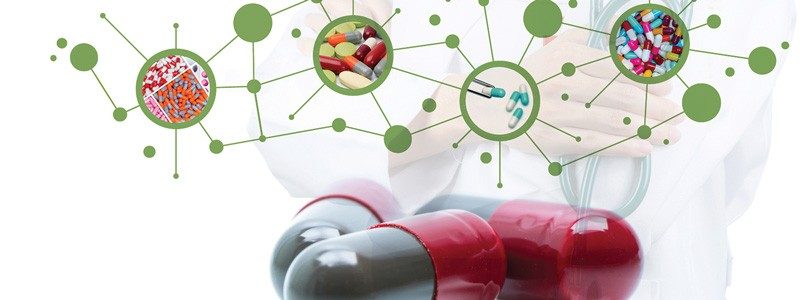
By Keith Michael Krise
Have you ever taken medicine for a nose or ear infection, or a long-lasting cough? If so, you’ve met up with some bad bacteria!
Your doctor might explain that your illness was caused by a germ called a bacterium (when more than one, they’re called bacteria). A bacterium is a small, usually single-celled organism you can only see under a microscope.
So would it surprise you to know that some bacteria can actually be good? You or someone in your family has probably eaten some! There’s good bacteria in foods like yogurt, kimchi, idli, sauerkraut, and in drinks like kombucha, kefir, and buttermilk. These good bacteria are called probiotics (which means “for life” in Greek). They’re good for your body because they help you digest food and have good “gut health.”
When you are sick with a bacterial infection, your doctor will have you take medicines for a certain number of days to feel better. These medicines may be grape- or bubble gum-flavored liquids, or regular pills. They’re called antibiotics (which means “against life” in Greek).
People have been using antibiotics for at least a couple thousand years as medicines! Believe it or not, ancient Egyptians knew how to fight bacteria, even though they could never actually see them. In fact, they would put moldy bread on cuts and surgical wounds to help them heal! They knew that doing this strange thing helped the patients fight off infections, but they didn’t know exactly how or why.
It wasn’t until much later, in 1928, when Scottish scientist Alexander Fleming figured it out by chance. He discovered the secret was actually something made by the mold, an antibiotic called penicillin. Fleming made his discovery after he left a plate of bacteria in a sink with dirty dishes. He noticed that when the mold called Penicillium notatum grew on the plate, it killed all the bacteria around it.
How do antibiotics work?
Antibiotics work in many ways with our body to cure an infection. These medicines work by killing the bacteria (which is what the word bactericidal means) or by slowing/stopping their growth (bacteriostatic). These medicines contain chemicals that target and kill only bacterial cells, but leave human cells alone.
All antibiotics chemically target some important function or structure in the bacteria that keeps them alive and growing. One way is to interfere with how the bacteria make their own cell walls. Penicillin, for example, works by making the bacterial cells weak and easy to break. Some other antibiotics keep bacteria from growing and spreading by stopping them from making certain important proteins. As these antibiotics slow the spread of infection, our own immune system has the time it needs to attack the remaining bacteria and help us get better.
When is it safe to take antibiotics?
Antibiotics must be taken only with a doctor’s prescription. Take them exactly as the doctor says. Continue taking them for the whole time, even if you start to feel better in a couple of days. If you stop early, the stronger bacteria “learn” to adapt and survive antibiotics. The next time the bacteria are exposed to the same antibiotic, fewer or none of them will be killed—causing antibiotic resistance. If that happens, the antibiotic will eventually stop being able to fight off the bacteria, and can no longer be used as medicine.
Though antibiotics fight against bacteria, they cannot cure you of a viral infection like the flu, COVID-19, or diseases caused by other microorganisms. Biologists, chemists, and other scientists are doing their part by looking for new disease-fighting medicines to stop bacterial infections … and you can do your part by being responsible in how you use antibiotics!
Keith Michael Krise is Associate Professor of Chemistry and Biochemistry, at Gannon University, in Erie, Pennsylvania.

